The Global Wind Day “wind energy stories” series continues as photographer and wind power enthusiast Robert van Waarden travels to Flevoland to meet Stephan and Ralph de Clerck who successfully combine wind power and farming.
Cycling along the country roads of Flevoland, you can’t help but notice the wind. If you’re lucky, it is behind you, if it isn’t… well, good luck. It is no wonder that wind turbines haphazardly dot the landscape. They fit. This is the Netherlands, a country where wooden windmills have dotted the landscape for hundreds of years. Now instead of pumping water, modern wind turbines are now powering thousands of homes.
Stephan de Clerck and his brother Ralph live within a few kilometres of each other in Flevoland and they are no strangers to the wind. They have been harvesting wind energy for 11 years. In the beginning they were looking for ways to diversify their farms and incomes. They love how wind energy perfectly complements their other crops of potatoes, onions, and sugar beets. Once installed, the windmills turn steadily in the background, while the day-to-day life of a farmer continues. For them, wind energy is a valuable crop, and one that gets better the stormier the weather.
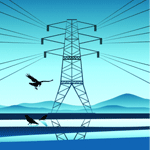 Recent technological advances by leading engineering companies to improve the integration of renewable energy, especially wind energy, within Europe’s power grid by 2020, will bring a pan-European electricity grid closer to reality.
Recent technological advances by leading engineering companies to improve the integration of renewable energy, especially wind energy, within Europe’s power grid by 2020, will bring a pan-European electricity grid closer to reality.
Last year, the Swiss-based engineering company ABB announced the development of the world’s first circuit breaker for high voltage direct current (HVDC). “This solves a 100-year-old electrical engineering puzzle and paves the way for a more efficient and reliable electricity supply system,” says ABB. Most importantly, “it will enable the efficient integration and exchange of renewable energy”.
HVDC technology combines very fast mechanics with power electronics, and will be capable of ‘interrupting’ power flows equivalent to the output of a large power station within five milliseconds- that is 30 times faster than the blink of a human eye, says ABB. It is needed to facilitate the integration of offshore wind power and energy from other renewable sources and to interconnect different power networks in particular since it is efficient for the long-distance transportation of electricity.
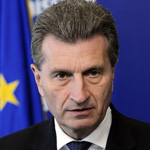
European Commissioner for Energy Günther Oettinger
by Kara Perconti
The European Parliament yesterday gave its green light to the guidelines for the EU energy infrastructure package, which sets out corridors for Europe-wide energy infrastructure, seeks to speed-up permits and identifies priority projects, including an offshore electricity grid in the North Sea.
“This is really a breakthrough and will give a big push to much needed infrastructure: Rather than waiting up to 12 years or longer for a permit, developers of crucial cross-border infrastructure – such as pipelines or power grids – will have a decision in about four years,” said European Commissioner for Energy, Günther Oettinger. “This will save them time and money – and will help us creating a true European market where energy systems are physically connected with each other. Consumers and companies will profit because competition keeps costs down”.
The next step is for the European Council to formally approve the regulation.
 So much wind energy is now being generated in the US that the emissions-free electricity-generating technology may seriously erode the nation’s nuclear power and coal sectors, the Bloomberg news agency reported Monday.
So much wind energy is now being generated in the US that the emissions-free electricity-generating technology may seriously erode the nation’s nuclear power and coal sectors, the Bloomberg news agency reported Monday.
Headlined “nuclear industry withers in US as wind pummels prices,” the story interviewed utility experts talking about the state of the American energy sector after the nation’s wind power industry grew by about $25 billion last year.
The story noted that a significant part of that growth occurred as wind-related companies made sure they would qualify for the Production Tax Credit (PTC), the industry’s main tax incentive, which was due to expire at end of 2012. The PTC has since been extended.
“The surge added a record 13,124 megawatts of wind turbines to the nation’s power grid, up 28% from 2011,” the story said. “The new wind farms increased financial pressure on traditional generators such as Dominion Resources Inc. and Exelon Corp. in their operating regions. That’s because wind energy undercut power prices already driven to 10-year-lows by an abundance of natural gas.”
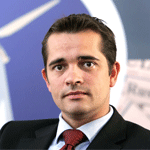 Investing in wind energy makes absolute economic sense.
Investing in wind energy makes absolute economic sense.
Europe’s ageing power plants need replacing. It makes economic sense to replace a growing proportion of those conventional power plants with wind energy.
This is because wind energy does the following:
- Creates jobs and economic growth in Europe. 238,000 people worked in EU wind energy in 2010.
- Reduces the cost of importing fossil fuels. Wind energy avoided €5.71 billion of fuel costs in 2010.
- Reduces the risks of Europe being dependent on other countries for its energy.
- Costs no more – and soon less – than conventional power sources. Today, production cost of a wind farm on land is broadly cost competitive with building a new coal or gas power station and the electricity costs are half of those from a new nuclear power plant. And that is in a situation in which some of the environmental and health costs of extracting and burning fossil fuels are not covered by power producers and therefore not included in the price of energy.
- Reduces the risk associated with rising fossil fuel prices.






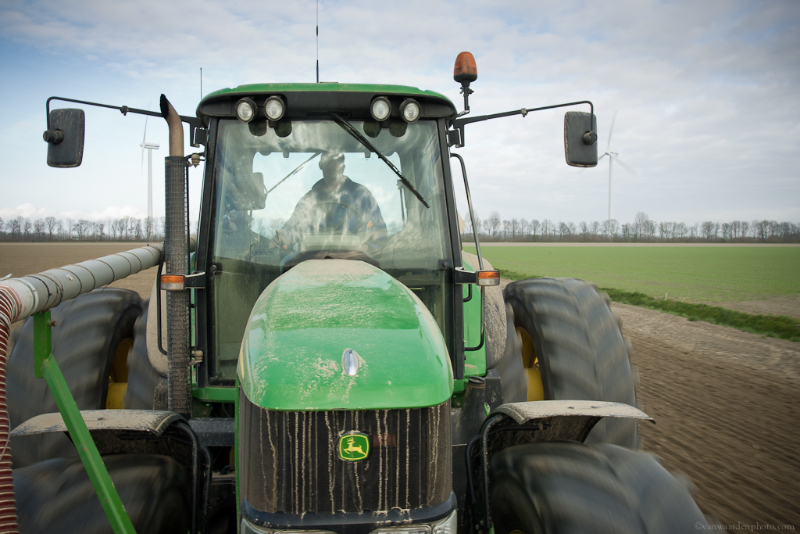
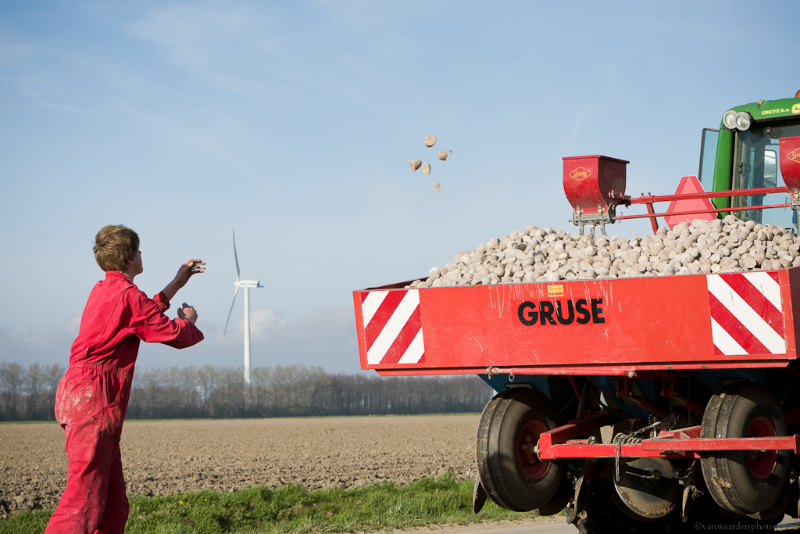
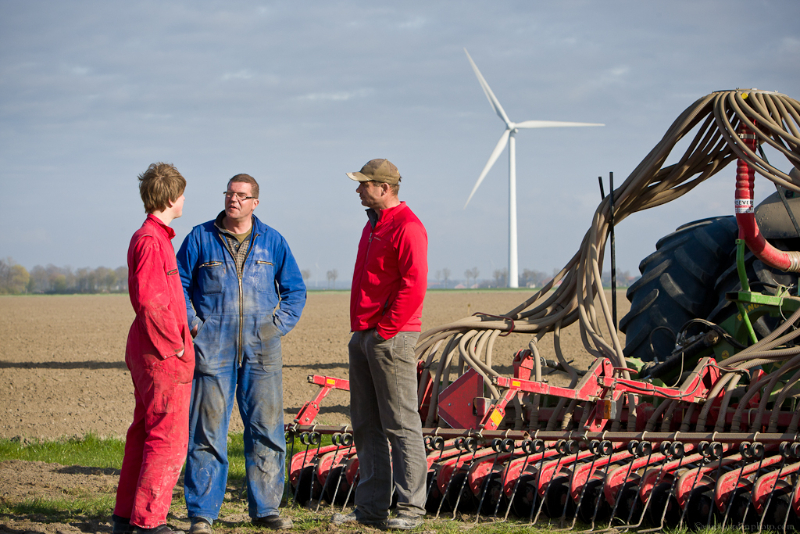
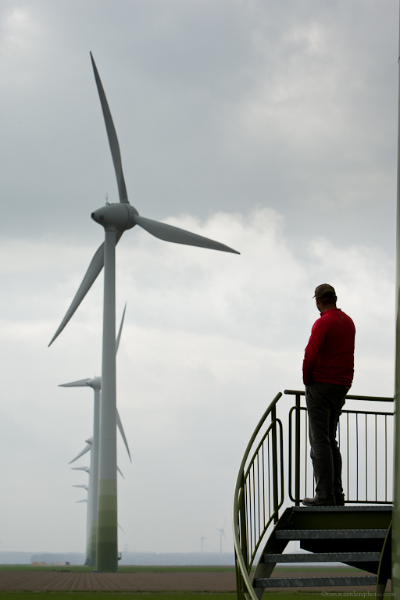

 Comments
Comments



